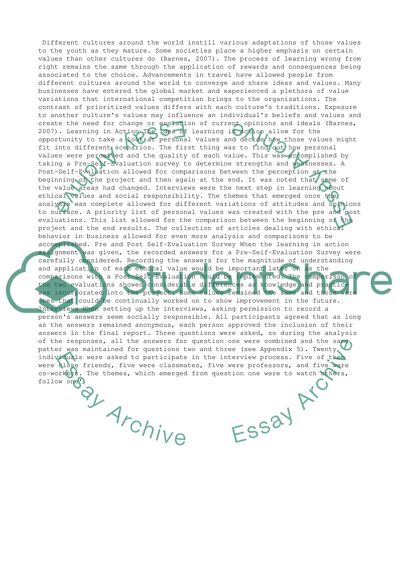Cite this document
(“Leadership Issues in Ethical Perspective Assignment”, n.d.)
Leadership Issues in Ethical Perspective Assignment. Retrieved from https://studentshare.org/business/1399403-leadership-issues
Leadership Issues in Ethical Perspective Assignment. Retrieved from https://studentshare.org/business/1399403-leadership-issues
(Leadership Issues in Ethical Perspective Assignment)
Leadership Issues in Ethical Perspective Assignment. https://studentshare.org/business/1399403-leadership-issues.
Leadership Issues in Ethical Perspective Assignment. https://studentshare.org/business/1399403-leadership-issues.
“Leadership Issues in Ethical Perspective Assignment”, n.d. https://studentshare.org/business/1399403-leadership-issues.


